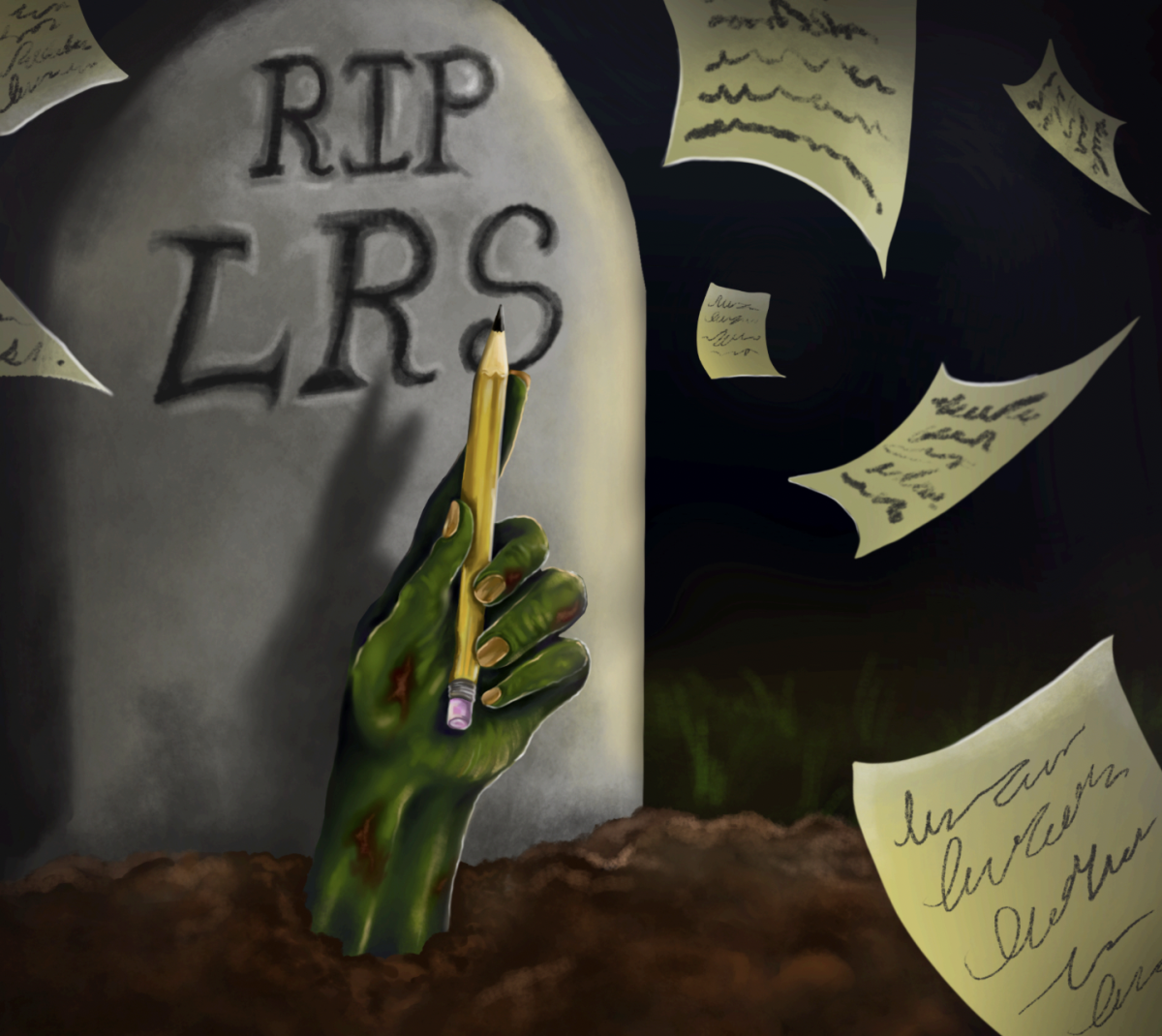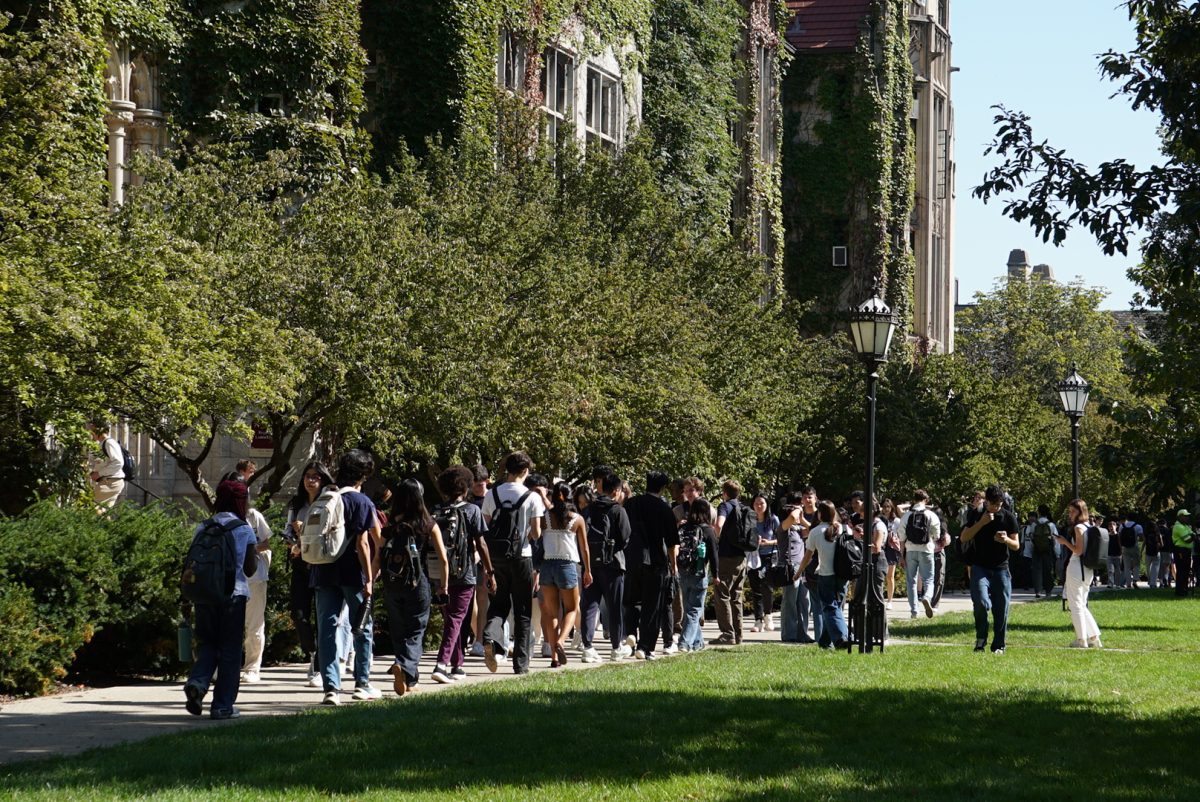The University of Chicago’s roots run deep in the sciences. From Nobel Laureates to research engines like Argonne, the strength of the University’s science programs is a big draw for prospective students and donors alike. But this great scientific prowess is largely absent from the University’s Core in the biological and physical sciences.
President Robert Zimmer recently—albeit ambiguously—alluded to the need for the Core to evolve. While many students are quick to jump to the defense of such longstanding University traditions and fear the U of C may devolve to become more like Brown University under President Zimmer, it must be admitted that the Core Curriculum as it now exists is not perfect. It is the Maroon’s hope that President Zimmer will focus his ambitions on the Core’s weakest links—the biological and physical sciences.
The Core is arguably one of the University’s greatest educational strengths, but unfortunately, this accolade can only be legitimately claimed by some of the sequences. Core Bio and physical sciences have a bad rap across campus, and not without reason. Rather than providing a foundation, the current Core science courses merely glimpse at a hodge-podge of random topics taught in such an apathetic way that the knowledge they intend to impart becomes irrelevant and highly marginal at best.
Many Core Bio courses are taught by disinterested and barely qualified graduate-level researchers who run their classrooms with an attitude that says, “Let’s get on with this and get out of here as quickly as possible.” The material is taught with an academic apathy that corrals students who are overly challenged, under-challenged, bored, or frustrated corralled into the same classroom. A biology placement test is administered online to every student before O-Week. Why not utilize these scores to place U of C students in an academic environment that might actually achieve the goals purported by the Core Curriculum?
Calculus placement exams, for example, run quite successfully. Students of all concentrations are given academic exposure to calculus at a pace and depth that is tiered to meet every student at an appropriately challenging—and interesting—level. The same philosophy of tiered course offerings that exists in the Calculus 130–, 150–, and 160– levels should be implemented in the biological and physical sciences.
The material itself should be amplified and focused so that students completing the Core Bio and PhySci sequences actually end up acquiring a fundamental foundation in these sciences, rather than that of arbitrary topics that were sporadically covered at superficial depths.
Too many of the Core Bio and physical science courses are joke classes that are easy ways out for non-science majors. Still, we do not see the Hum and Sosc sequences catering to such over-simplification. Those courses are designed to—and generally do—challenge and engage the life of the mind. There is no reason a required introductory science sequence can’t do the same.
Scientists at the U of C initiated the first self-sustaining nuclear reaction, predicted the existence of solar wind, and discovered quarks. Can’t we see the science department flex its muscles in the Core Bio and physical sciences curricula as well? If we want to boast about our Core, we need to make sure it’s not purely nominal in nature. While the humanities and social studies achieve this, the science courses need to provide more meaningful education and own up to this University’s ideal for a well-rounded curriculum.








